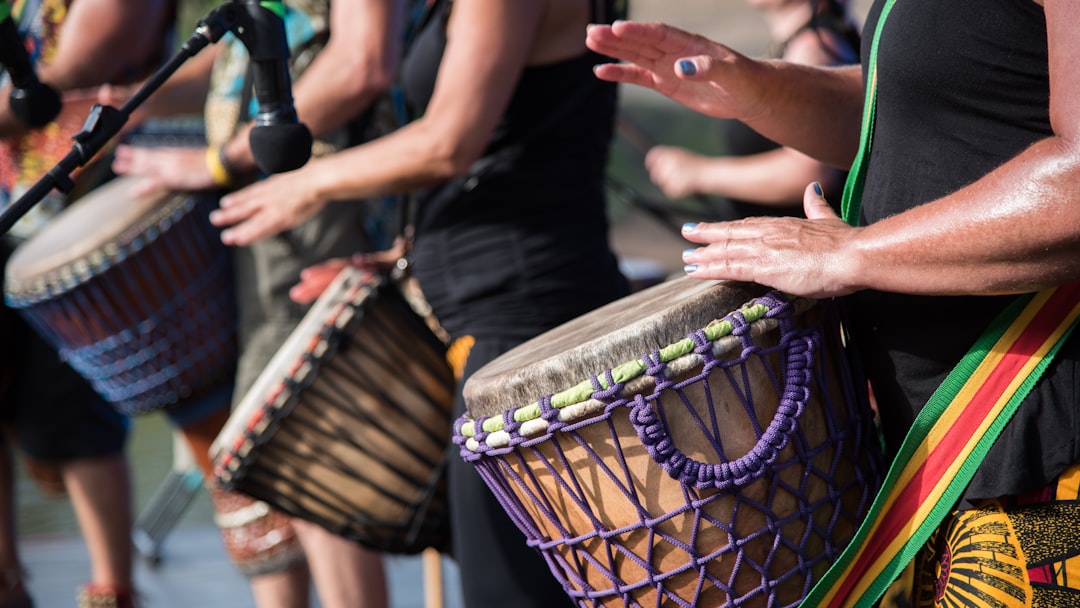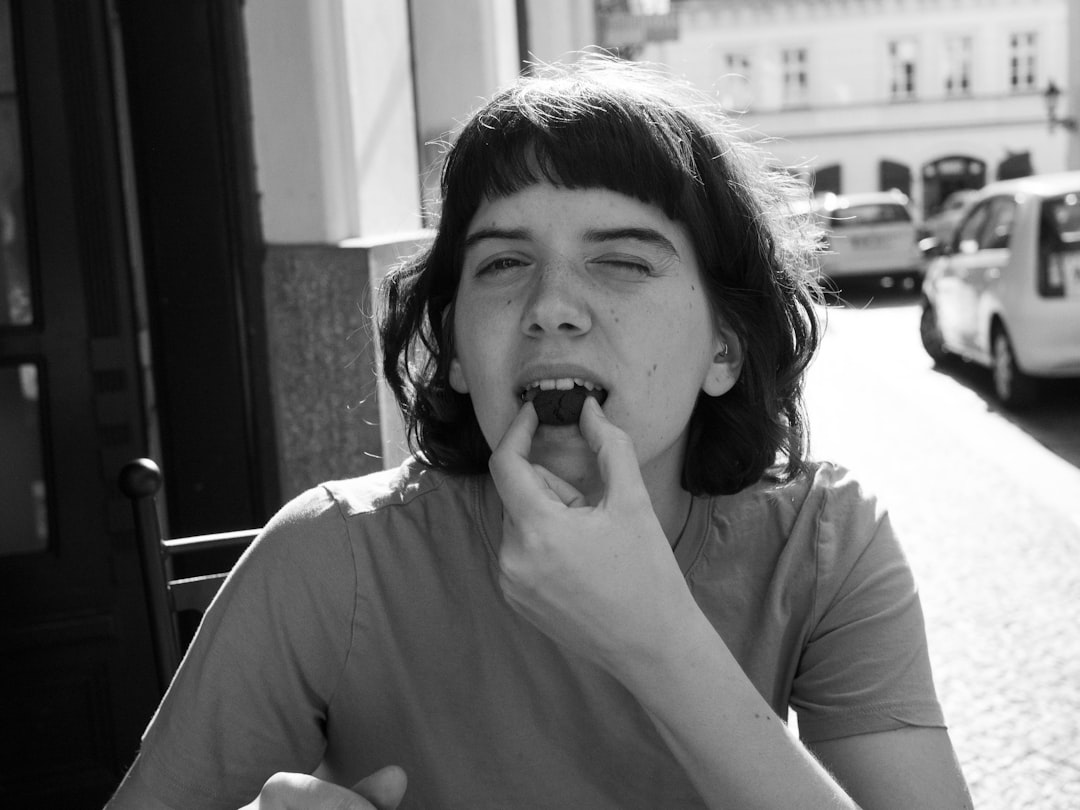What is it about?
What is it about? In this paper we are focusing on the pharmacokinetics of Remdesivir (RDV) and how it can be improved in vivo. The stability of RDV alone and upon encapsulation with our platform technology based polymer NV-387 (NV-CoV-2), were compared in presence of plasma in vitro. Furthermore, a non-clinical pharmacology study of NV-CoV-2 (Polymer; NV-387) and NV-CoV-2-R (Polymer encapsulated Remdesivir) in both h-CoV-NL-63 infected and uninfected rats was performed. In addition, the antiviral activity of NV-CoV-2 and NV-CoV-2-R was compared with that of RDV in a cell culture study. The results are: (i) NV-CoV-2 polymer encapsulation protects RDV from plasma-mediated catabolism in vitro. (ii) Pharmacokinetics of RDV is significantly improved upon encapsulation in NV-387. (iii) Body weight measurements of the normal (uninfected) rats after administration of the test articles (NV-CoV-2 and NV-CoV-2-R) showed no toxic effects. (iv) Body weight measurements and survival lifetime of the NL-63 infected rats demonstrated significant antiviral effects upon treatment with NV-CoV-2 and NV-CoV-2-R. Overall, the antiviral efficacy was in the order - NV-CoV-2-R > NV-CoV-2 > RDV. Our platform technology based NV-387-encapsulated-RDV (NV-CoV-2-R) drug has a dual effect against different variants of the coronaviruses. First, NV-CoV-2 itself has an antiviral effect. Secondly, RDV is protected from plasma-mediated degradation upon encapsulation, increasing its half-life, and thereby the time for which therapeutic level is achieved. NV-CoV-2 acts by a mechanism orthogonal to that of RDV. Thus, the combined effect results in a safe and effective antiviral with significantly superior activity to RDV alone against coronavirus infections (COVID-19). NV-CoV-2 has a broad-spectrum activity against all tested coronaviruses, which makes resistance unlikely. Additionally both NV-CoV-2 and RDV have broad-spectrum effectiveness against coronaviruses. Therefore, resistance against NV-CoV-2-R would require multiple mutations making it unlikely.
Featured Image

Photo by Fusion Medical Animation on Unsplash
Why is it important?
At present, approximately seven coronaviruses have been identified to infect humans, of which 4 belong to beta family of coronavirus: HCoV-HKU1, SARS-CoV-2, MERS-CoV and SARS-CoV-1. SARS family of viruses were known to cause severe respiratory disease in humans. SARS-CoV-2 infection has caused pandemic COVID-19 disease with high morbidity and mortality. Remdesivir (RDV) is the only antiviral drug approved for COVID-19 therapy by FDA. Emergency Use Authorizations were also given to several antibodies, all of which have lost the EUAs due to loss of efficacy with variant evolution, Paxlovid and Molnupiravir. The efficacy of remdesivir is limited in vivo due to its poor catabolic stability in blood and bodily fluids. Here we show that stability of RDV encapsulated with our platform technology based polymer NV-387 (resulting in NV-CoV-2-R), in presence of plasma in vitro is significantly enhanced in comparison to naked RDV when incubated in plasma. This has important implications for the improvement in pharmacokinetics of remdesivir, and thus its antiviral effectiveness and applicability. This pharmacokinetics and thereby efficacy improvement was further verified in a lethal coronavirus lung infection animal model.
Perspectives
The current study showed that while RDV alone has a very short half-life in the presence of plasma, encapsulation in NV-387 polymer makes the drug highly stable to catabolism. Even after overnight incubation with the plasma, the encapsulated RDV showed significantly improved plasma concentration of intact RDV. In conclusion, the researchers proposed that in addition to possessing intrinsic antiviral activity, the polymer encapsulation renders remdesivir highly effective against SARS-CoV-2 by protecting the drug against systemic catabolism. Importantly, potential mutations in the virus are unlikely to enable it to escape these drug candidates. Generally, antiviral regimens employing multiple antiviral mechanisms are more successful and less prone to generation of resistant variants than monotherapies. Also, many antivirals such as RDV suffer from poor catabolism. Encapsulation in NV-387 enables multimodal therapy in a single drug format, at the same time enabling enhanced pharmacokinetics of the encapsulated agents. This approach would provide cures for viruses that do not integrate, and provide stronger therapeutic regimens for viruses that do integrate or produce latency.
Anil Diwan
Nanoviricides, Inc., 1 Controls Drive, Shelton, CT 06484, USA
Read the Original
This page is a summary of: Dual effects of NV-CoV-2 biomimetic polymer: An antiviral regimen against COVID-19, PLoS ONE, December 2022, PLOS,
DOI: 10.1371/journal.pone.0278963.
You can read the full text:
Contributors
The following have contributed to this page










